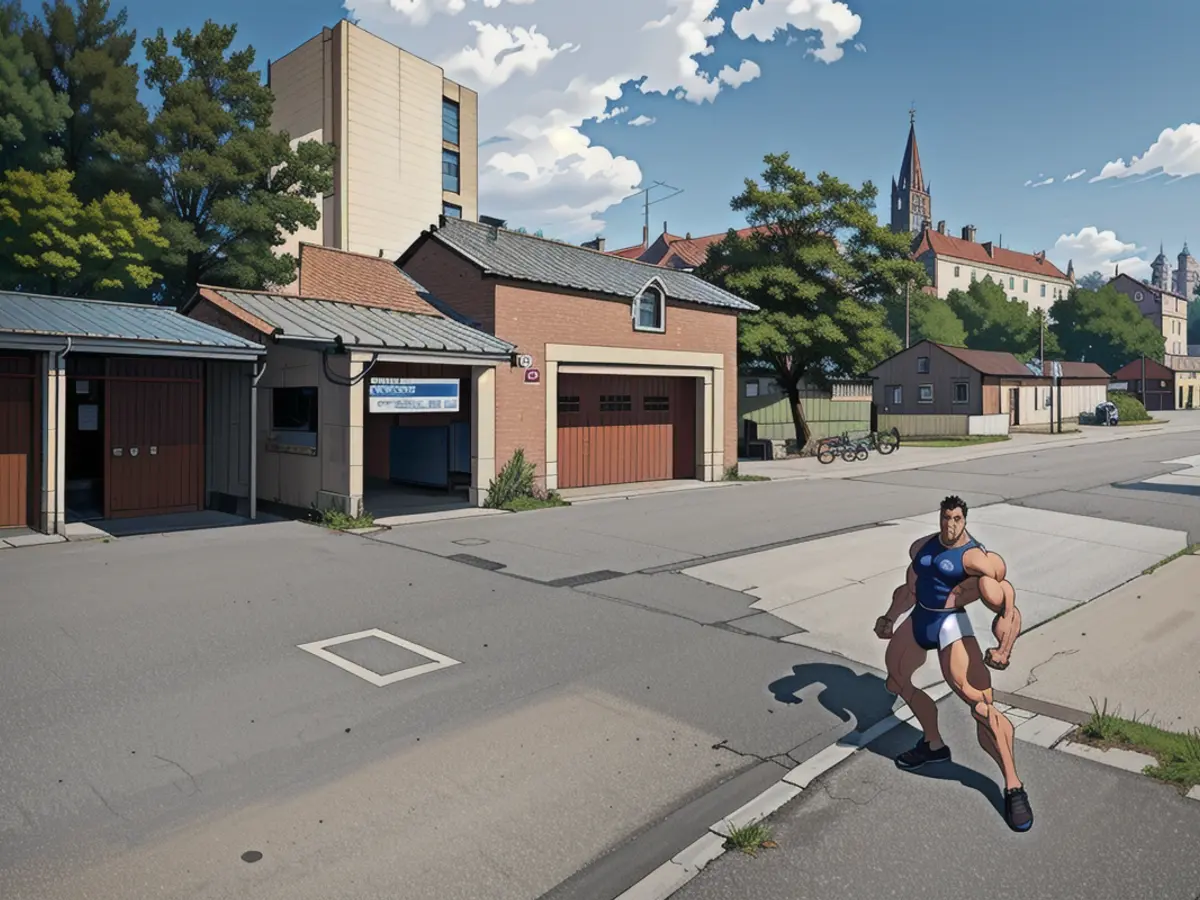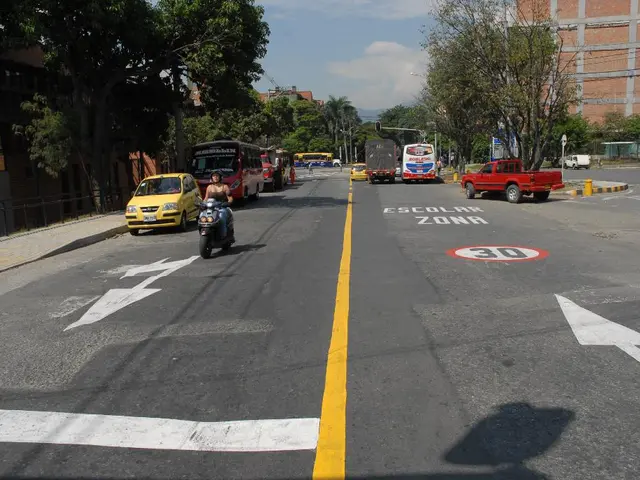Chemnitz acknowledges garages as sites of cultural recognition - Garages in Chemnitz seen as sites of cultural significance
Get ready to immerse yourself in a one-of-a-kind cultural adventure as Chemnitz, the European Capital of Culture, welcomes you to an exhilarating journey through its diverse garages! According to Agnieszka Kubicka-Dzieduszycka, the curator of the "#3000Garages" project, these humble structures resonate profoundly with the city's cultural identity, especially in Central and Eastern Europe. "Garages offer us community spaces, living archives, creative havens, and learning grounds," she explains. This innovative public participation project transforms garage courtyards into platforms showcasing individual stories, interwoven with Chemnitz's rich history.
Garages: A Window into Urban History
The newly created trail encompasses garage courtyards that date back to the GDR era, built through personal endeavor, and much older sites like the coach house of the Villa Esche, constructed in 1902/03 according to plans by renowned architect Henry van de Velde. It's speculated to be the oldest garage in the city. Other notable sites include the former tram depot, now a garage campus with roots traced back to the 19th century, and the historic high-rise garage from 1928, demonstrating the New Objectivity architectural style. This towering structure was initially designed to tackle growing parking problems, accommodating around 300 vehicles and motorcycles, which were transported to their designated spots using a freight elevator.
Artistic Exhibits and Musical Spectacles
Each station on the trail serves double duty, functioning as cultural hubs offering captivating exhibitions and engaging performances. The high-rise garage, housing the Chemnitz Vehicle Museum, will display an installation by artist Martin Maleschka named "Spare Parts Store." Plans also call for garage concerts in the courtyards, video installations about garage interiors, and an interactive exhibition by Cosima Terrasse delving into the creativity and community spirit blooming in the garage courtyards.
Explore the trail stations at your own pace until the end of the year – via foot, bicycle, or as part of a guided tram and bus tour.
The Garage Trail- European Capital of Culture- Chemnitz- Europe- Focus- European Capital of Culture Year
Unraveling Potential Cultural Significance
In many cities, garages or similar areas get repurposed for cultural events, such as art exhibits or performance venues. Conceivably, Chemnitz's garages may follow suit during the 2025 European Capital of Culture celebrations, catering to the overall cultural experience.
Another possibility sees these garages serving as community-driven initiatives, offering spaces for local artists or workshops, consequently stimulating community engagement in cultural activities.
Lastly, given Chemnitz's focus on digitalization, the garages could evolve into spaces for digital art, innovation hubs, or technology exhibitions, as part of the city's Digital Agenda. Further insight would be necessary to fully comprehend the role garages play in Chemnitz's cultural kaleidoscope during 2025.
- During the 2025 European Capital of Culture year in Chemnitz, it's likely that garages will not only serve as a window into urban history but also transform into vibrant hubs for cultural activities, embodying the city's focus on community, art, and digitalization.
- With its focus on vocational training, garages in Chemnitz could potentially evolve into spaces for digital art, innovation hubs, or technology exhibitions, aligning with the city's Digital Agenda.
- The oldest garage in Chemnitz, the coachhouse of Villa Esche, constructed in 1902/03, is particularly significant, as it offers a deeper understanding of local history and the evolution of garages as cultural spaces within the city.








